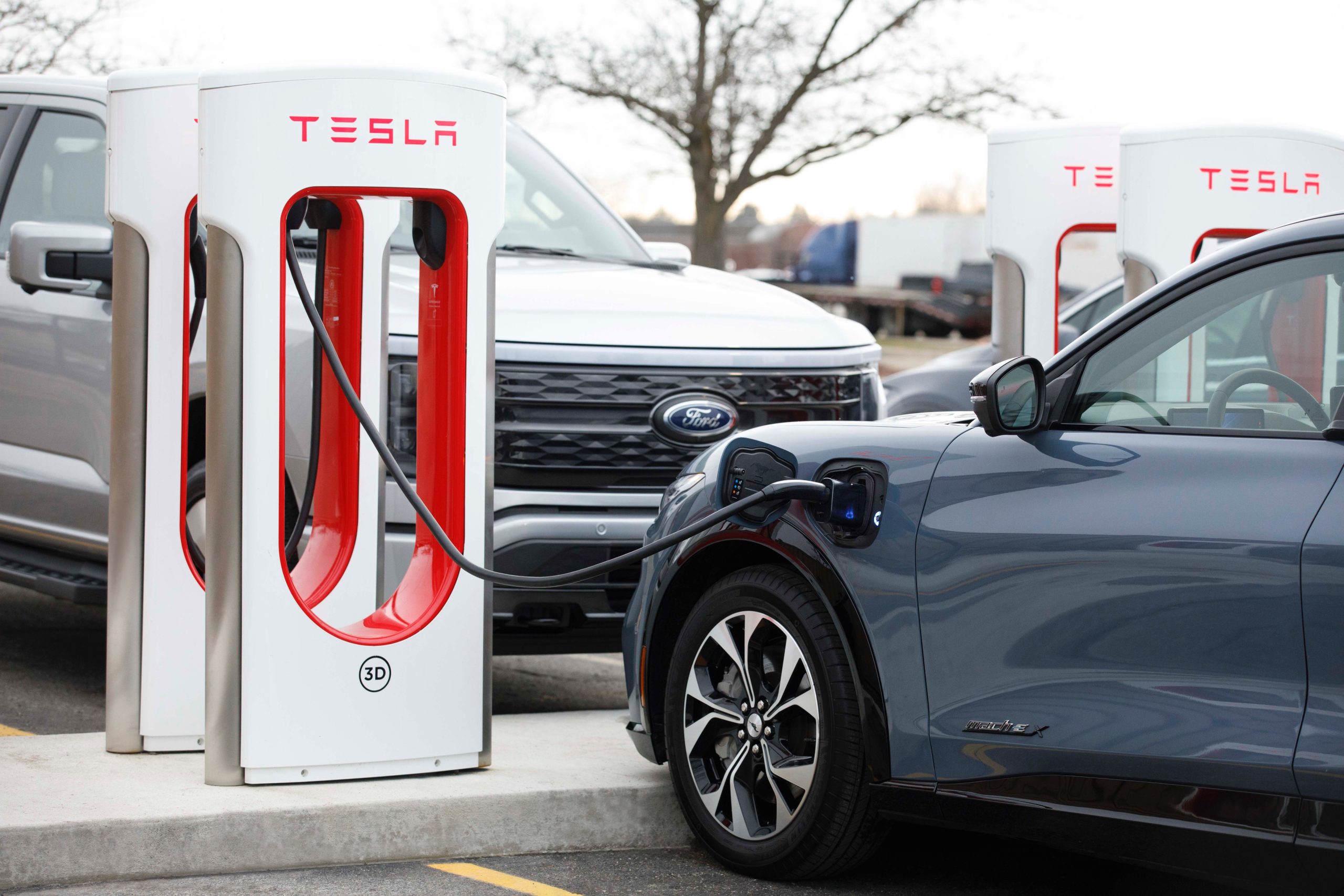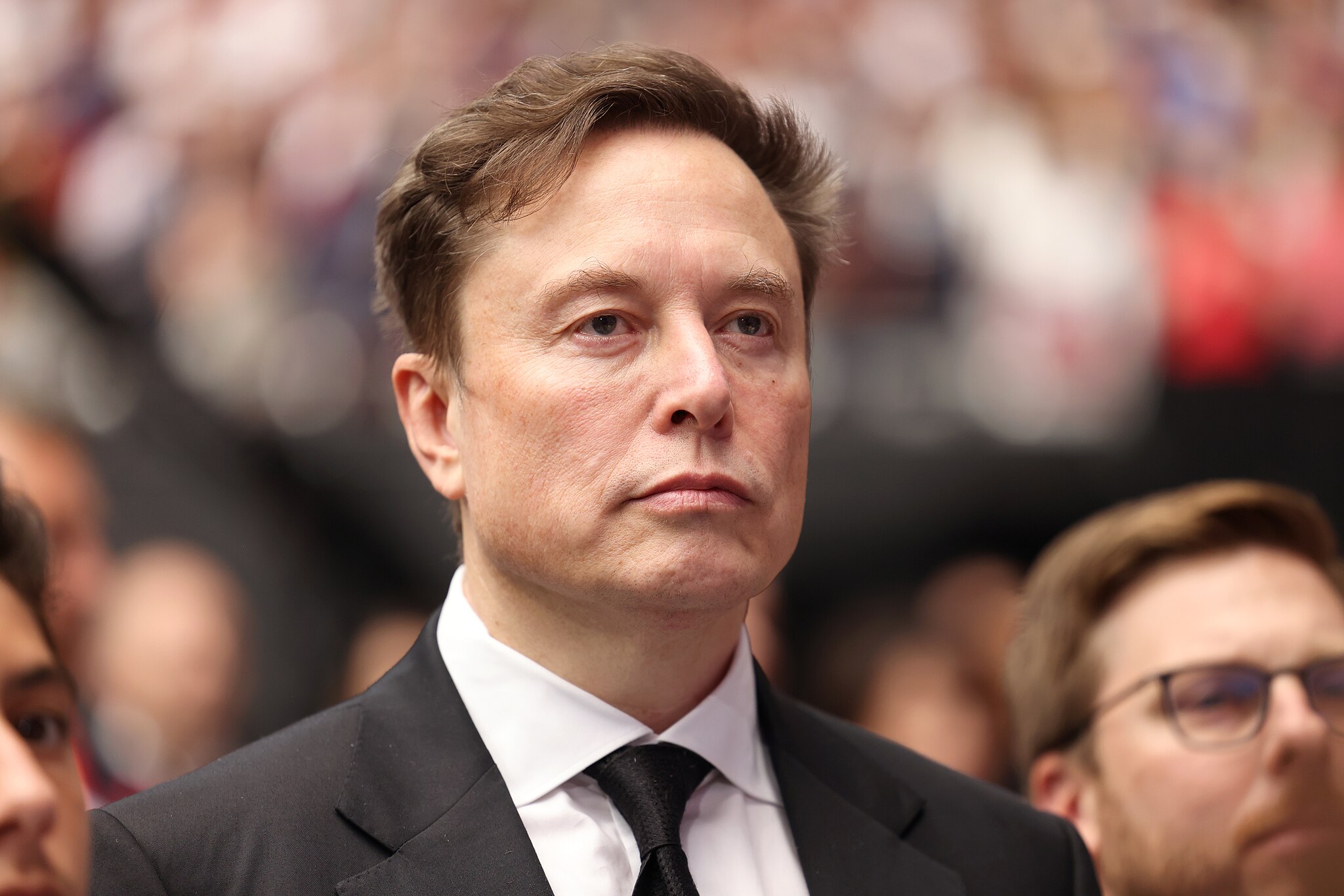

Elon Musk
Trump Administration pauses EV infrastructure expansion program – Here’s why
The Trump Administration announced today that it would be pausing the National Electric Vehicle Infrastructure Program (NEVI) in an effort to realign federal spending with the priorities of the new White House.
It is the latest move that President Donald Trump has made to essentially put tax dollars that are used toward the EV transition on hold. The NEVI program was put into effect by the Biden Administration and received many points of criticism as the $5 billion project yielded very few new charging stations and ports despite the massive price tag.
Biden administration announces $5B budget to develop EV charging network in the U.S.
A letter released by Emily Biondi, the Associate Administrator of the Office of Planning for Environment and Realty for the Federal Highway Administration (FHWA) said the new leadership of the Department of Transportation has decided to review the policies “underlying the implementation of the NEVI Formula Program.”
All approved State Electric Vehicle Infrastructure Deployment plans for all fiscal years have been suspended.
“Therefore, effective immediately, no new obligations may occur under the NEVI Formula Program until the updated final NEVI Formula Program Guidance is issued and new State plans are submitted and approved,” the letter said.
The Trump Administration has made it clear that it is willing to cut spending in any and all ways possible in order to reduce the federal debt count and make the government run more efficiently. This is interesting because this is the role of the Department of Government Efficiency, or DOGE, which is run by Elon Musk, CEO of Tesla.
The NEVI program was a slow starter. According to the Washington Post, only seven new charging stations with 38 ports in total had been opened under the program as of March 2024. In Q4, there were 126 public EV charging points in 31 NEVI-backed stations in nine states.
This is a very slow start considering the amount of funding that was put toward the project, which aimed to expand the accessibility of EV charging stations for drivers.
EV charging is among the main concerns of prospective owners. While there are plenty of at-home solutions to charging, it is nearly unavoidable to have a need for public charging in a widespread manner, especially if drivers tend to commute long distances or perform extensive travel with their vehicles.
Need accessories for your Tesla? Check out the Teslarati Marketplace:
- https://shop.teslarati.com/collections/tesla-cybertruck-accessories
- https://shop.teslarati.com/collections/tesla-model-y-accessories
- https://shop.teslarati.com/collections/tesla-model-3-accessories
Please email me with questions and comments at joey@teslarati.com. I’d love to chat! You can also reach me on Twitter @KlenderJoey, or if you have news tips, you can email us at tips@teslarati.com.

Elon Musk
Starlink achieves major milestones in 2025 progress report
Starlink wrapped up 2025 with impressive growth, adding more than 4.6 million new active customers and expanding service to 35 additional countries, territories, and markets.

Starlink wrapped up 2025 with impressive growth, adding more than 4.6 million new active customers and expanding service to 35 additional countries, territories, and markets. The company also completed deployment of its first-generation Direct to Cell constellation, launching over 650 satellites in just 18 months to enable cellular connectivity.
SpaceX highlighted Starlink’s impressive 2025 progress in an extensive report.
Key achievements from Starlink’s 2025 Progress
Starlink connected over 4.6 million new customers with high-speed internet while bringing service to 35 more regions worldwide in 2025. Starlink is now connecting 9.2 million people worldwide. The service achieved this just weeks after hitting its 8 million customer milestone.
Starlink is now available in 155 markets, including areas that are unreachable by traditional ISPs. As per SpaceX, Starlink has also provided over 21 million airline passengers and 20 million cruise passengers with reliable high-speed internet connectivity during their travels.
Starlink Direct to Cell
Starlink’s Direct to Cell constellation, more than 650 satellites strong, has already connected over 12 million people at least once, marking a breakthrough in global mobile coverage.
Starlink Direct to Cell is currently rolled out to 22 countries and 6 continents, with over 6 million monthly customers. Starlink Direct to Cell also has 27 MNO partners to date.
“This year, SpaceX completed deployment of the first generation of the Starlink Direct to Cell constellation, with more than 650 satellites launched to low-Earth orbit in just 18 months. Starlink Direct to Cell has connected more than 12 million people, and counting, at least once, providing life-saving connectivity when people need it most,” SpaceX wrote.
Elon Musk
Elon Musk: Tesla Model Y is world’s best-selling car for 3rd year in a row
The Model Y has now established an impressive streak that would otherwise have been impossible before Tesla.

Elon Musk has announced that the Tesla Model Y has become the world’s best-selling car by volume for the third consecutive year, capping 2025 with another dominant performance.
The Model Y has now established an impressive streak that would otherwise have been impossible before Tesla.
Three years in a row
Musk posted on X: “Tesla Model Y is now officially the world’s best-selling car for the third year in a row!” The CEO’s comment echoed an update that Tesla included in its 2025 recap, which highlighted, among other things, the Model Y’s incredible streak.
The Model Y has held the title since 2023, outperforming traditional leaders like the Toyota RAV4 and Corolla thanks to its bang-for-the-buck nature and its stellar combination of practicality, performance, and tech. The Model Y is also lauded as one of the safest vehicles on the road, making it an ideal choice for families in key markets such as China.
An impressive 2025
The Model Y’s sales feat in 2025 is especially impressive considering the introduction of the vehicle’s new variant. Tesla’s changeover to the new Model Y across its global factories resulted in sales being paused for some time in the first quarter. As per Tesla’s Q1 2025 vehicle delivery and production report, “the changeover of Model Y lines across all four of our factories led to the loss of several weeks of production in Q1.”
This suggests that the Model Y’s sales remained strong in 2025 to the point where it could still claim the title of the world’s best-selling vehicle by volume, even with its sales being throttled during the first quarter of the year. It would then be interesting to see just how far the Model Y can go in 2026, especially considering the rollout of new variants like the six-seat extended wheelbase Model Y L, the affordable Model Y Standard, and the top-tier Model Y Performance.
Elon Musk
Tesla’s Elon Musk accepts invitation to Israel’s Smart Transportation Conference
The announcement was shared by the Israeli Prime Minister in a post on social media platform X.

Elon Musk has reportedly accepted an invitation from Israeli Prime Minister Benjamin Netanyahu to participate in the country’s Smart Transportation Conference in March 2026.
The announcement was shared by the Israeli Prime Minister in a post on social media platform X.
A call and an invitation
Netanyahu posted on X about Musk, stating in Hebrew: “Last night, I held a joint conference call from Florida with entrepreneur Elon Musk, Minister of Transportation Miri Regev, and the head of the National AI Headquarters, Erez Askal. In the framework of the conversation, Musk responded to my invitation and Minister Regev’s invitation to participate in the Smart Transportation Conference that will be held in March.”
Netanyahu added that he and Musk discussed continuing initiatives such as the promotion of autonomous vehicle laws and the boosting of AI technologies in Israel. This, according to the Prime Minister, is aimed at making the country a global leader in emerging technologies.
“Additionally, we discussed the continuation of collaborations with Tesla and the promotion of the law pertaining to autonomous vehicles. I spoke at length with Musk about promoting and developing artificial intelligence technologies in Israel, and I said in our conversation: We intend to catapult Israel and turn it into a global leader in the field, just as we did in cyber and other technologies,” Netanyahu added.
Tesla FSD’s upcoming rollout in Israel
Elon Musk’s upcoming conference appearance in Israel could hint at Tesla’s upcoming rollout of FSD and its Robotaxi service in the country. Previous reports have hinted that FSD is nearing regulatory approval in Israel, following strong advocacy from local owners and direct intervention from the government.
Nearly 1,000 Tesla drivers petitioned authorities, highlighting FSD’s potential to enhance road safety. Transport and Road Safety Minister Miri Regev responded positively on X, writing “I’ve received the many referrals from Tesla drivers in Israel! Tesla drivers? Soon you won’t need to hold the steering wheel.”
Minister Regev has instructed the ministry’s Director-General to accelerate the approval process, including necessary tests. A dedicated working group, led by Moshe Ben-Zaken, is also coordinating with regulatory and safety agencies to meet international standards.








